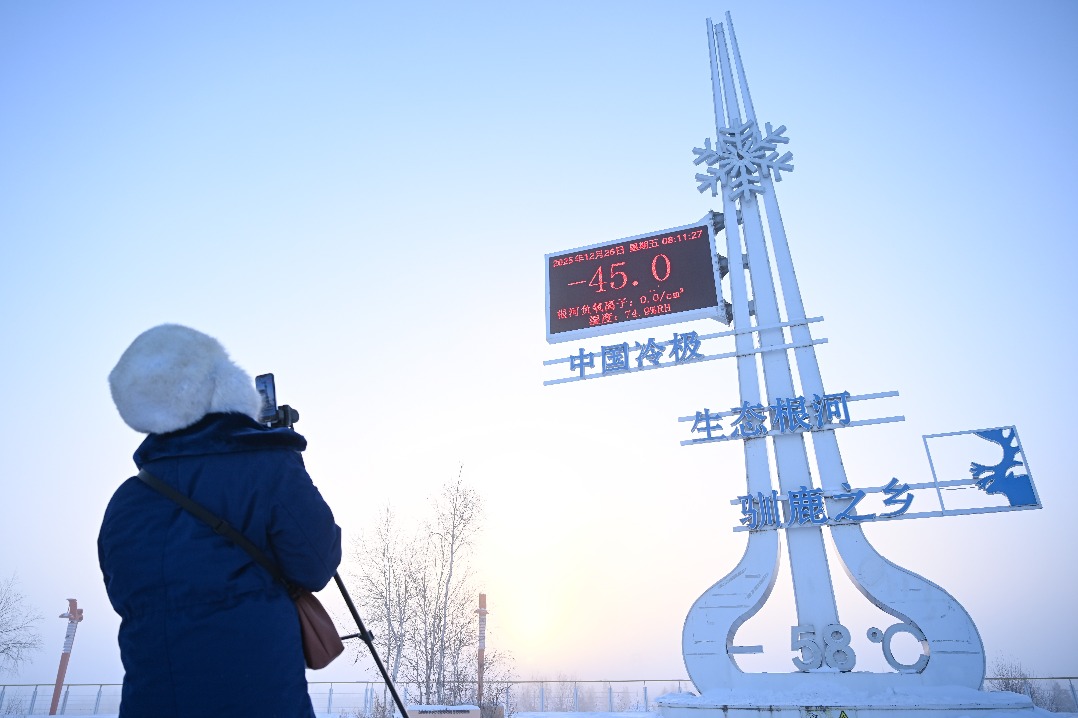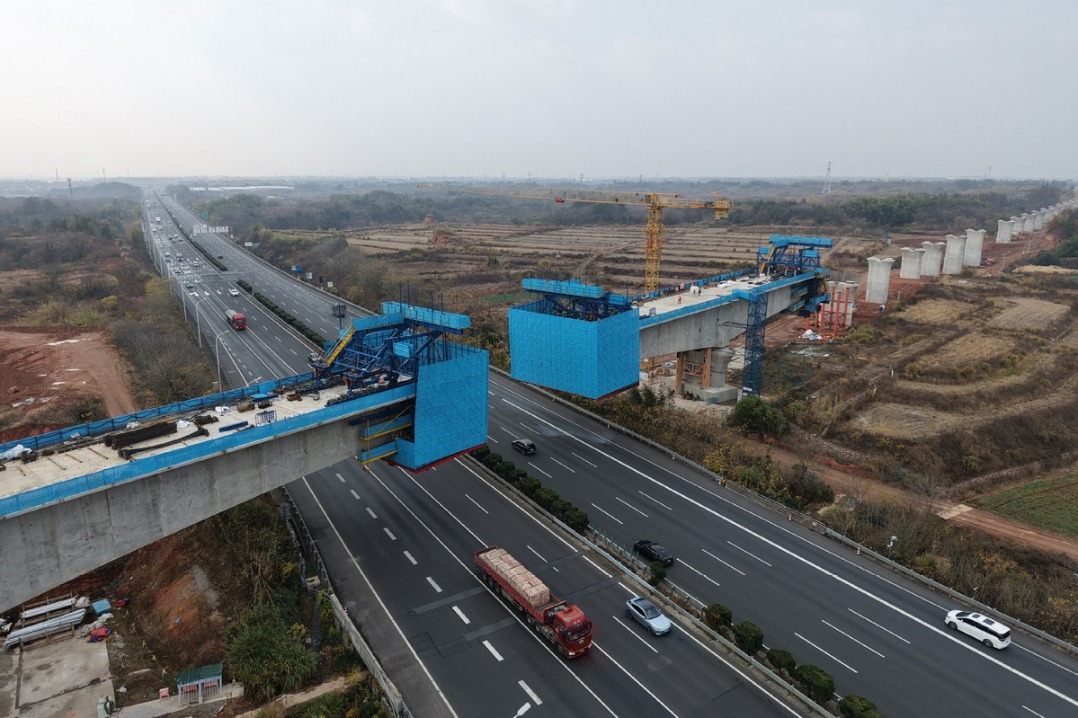Water plant gives Lizhuang cleaner future

People in Lizhuang, a town more than 1,400 years old in Sichuan province, are confident their lives will improve with the construction of the Yangtze River Economic Belt.
The town of 48,700 used to witness the discharge of untreated water into its mother river - the Yangtze.
In January, a plant that can treat 5,000 metric tons of water a day went into operation.
"With an investment of 80 million yuan ($1.2 million), the plant, with eight kilometers of pipelines, can ensure water discharged into the Yangtze River is up to standard," said Zeng Xiangli, head of the Lizhuang town government.
Last year, 3.8 million visitors came to Lizhuang.
"Since our country started construction of the Yangtze Economic Belt two years ago, the local government has taken measures to improve the environment. That will bring more visitors and increase local people's incomes," said Li Jun, a guide in the town.
Located on the southern bank of the river, Lizhuang started as a fishing village and developed into a thriving town. Its streets and lanes retain the layout and original construction styles of the Ming and Qing dynasties (1368-1911).
The streets and lanes have their old names, such as Scholar, Sheep, Well and Mat streets. With widths ranging from 2 to 6 meters, they are mainly paved with slab stones.
Lizhuang boasts many ancient temples and ancestral halls housing valuable cultural relics.
Forty-eight cranes decorate the window of the main hall of the Ancestral Hall of the Zhang Family. The cranes have different postures and there are no repetitions. They are either spreading their wings, flying or kissing.
In addition to its ancient buildings, Lizhuang is known for the influx of famous research institutions and institutions of higher learning during the War of Resistance Against Japanese Aggression (1931-45) that were seeking shelter from the war.
The institutions, which included the National Central Museum and National Tongji University, did not leave Lizhuang until the war was over.
The town also attracted famous scholars, such as Liang Sicheng and his wife Lin Huiyin, experts in architecture.
During their six-year-stay in Lizhuang, the couple visited most of the ancient structures in Sichuan. With Lin's help, Liang compiled the History of Chinese Architecture, the first book of its kind in China.
The couple's former residence can still be found in the town.
- China launches satellite to aid in early extreme weather detection
- Report on mining accident that killed 6 suggests accountability for 42 individuals
- Law aimed at bolstering standard Chinese language education passed
- Connecting cities, changing lives
- World's longest expressway tunnel opens to traffic
- Taiwan lawmakers vote to pass motion to impeach Lai





































